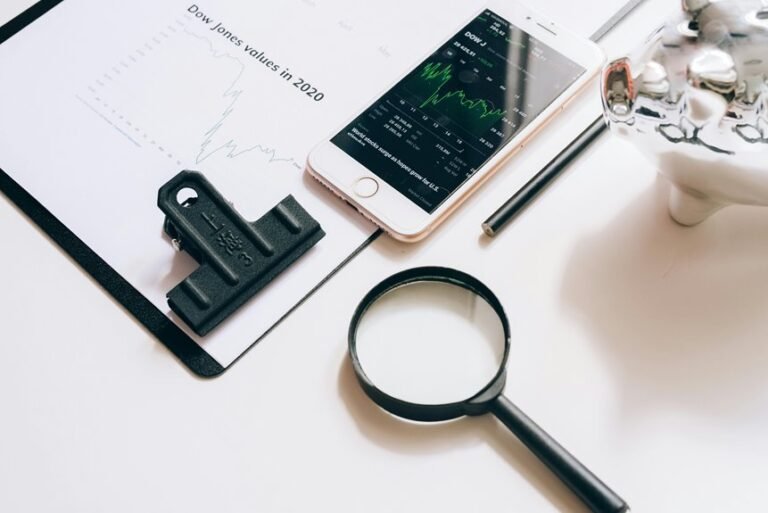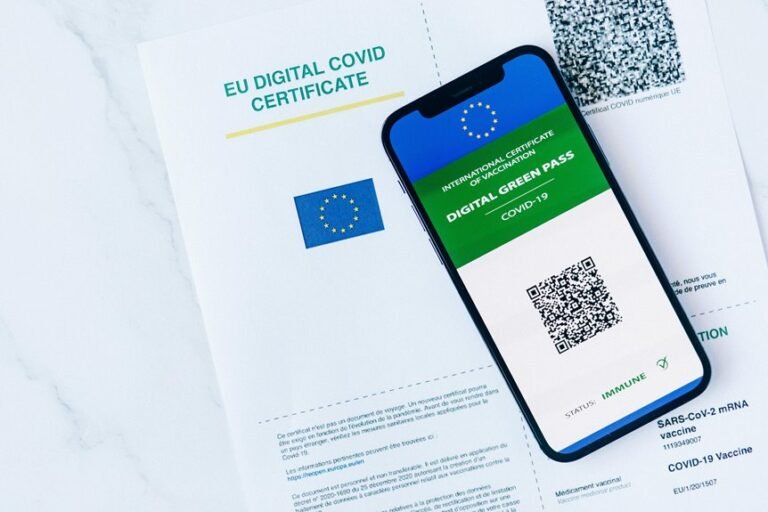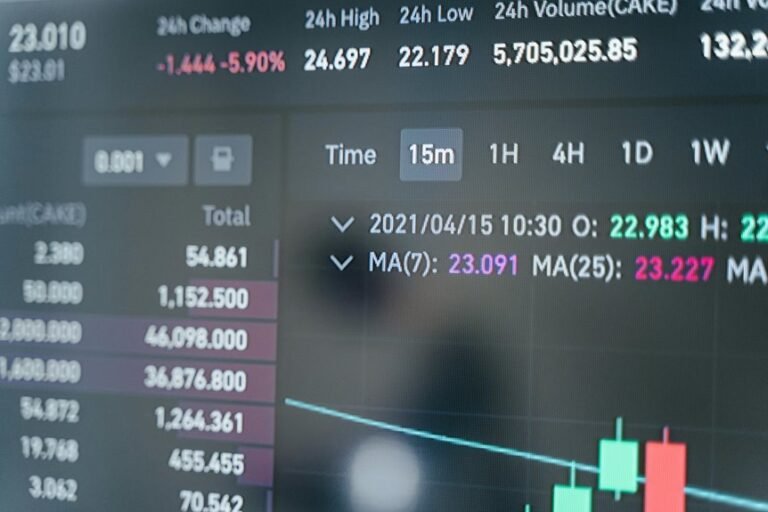Who Called Me From 9169161384, 9169529980, 9173980781, 9178415518, 6063304649, and 2486052006? Verify Now

Numerous individuals have reported receiving calls from unfamiliar numbers, including 9169161384 and 2486052006. This raises questions about the identity of these callers and their intentions. Understanding the nature of these calls is crucial for personal safety. The implications of answering or ignoring such calls merit further exploration. What strategies can one employ to ascertain the legitimacy of these numbers? The answers may reveal significant insights into the world of unsolicited communications.
Identifying Unknown Callers: Techniques and Tools
Although receiving calls from unknown numbers can evoke curiosity or concern, several techniques and tools have emerged to aid individuals in identifying these callers.
Caller ID displays the number, offering a first layer of identification. Additionally, reverse lookup services allow users to input the number and retrieve associated information, fostering a sense of autonomy and control in managing unsolicited communications in an increasingly connected world.
Common Scams and Telemarketing Strategies
As consumers increasingly grapple with unsolicited calls, understanding common scams and telemarketing strategies becomes essential.
Many telemarketing tactics exploit urgency or fear, prompting quick decisions. Scammers may impersonate legitimate entities, seeking personal information under false pretenses.
Enhanced scam awareness is crucial for consumers, enabling them to recognize red flags and avoid falling victim to deceptive practices that undermine their financial freedom and privacy.
Steps to Protect Yourself From Unwanted Calls
Many individuals seek effective strategies to shield themselves from unwanted calls that can disrupt daily life and compromise personal information.
Implementing call blocking features on smartphones serves as a primary defense, enabling users to filter unwanted numbers.
Additionally, reviewing privacy settings and registering with national do-not-call lists enhances phone privacy, empowering individuals to reclaim control over their communication and reduce disturbances.
Conclusion
In a world where unsolicited calls can feel like shadows lurking at the edges of our privacy, understanding who is on the other end is crucial. Utilizing reverse lookup services and being aware of common scams can illuminate the darkness, allowing individuals to navigate their phone communications with confidence. By remaining vigilant and informed, one can effectively safeguard personal information and mitigate the risks associated with unwanted calls, ensuring a more secure and peaceful communication environment.





